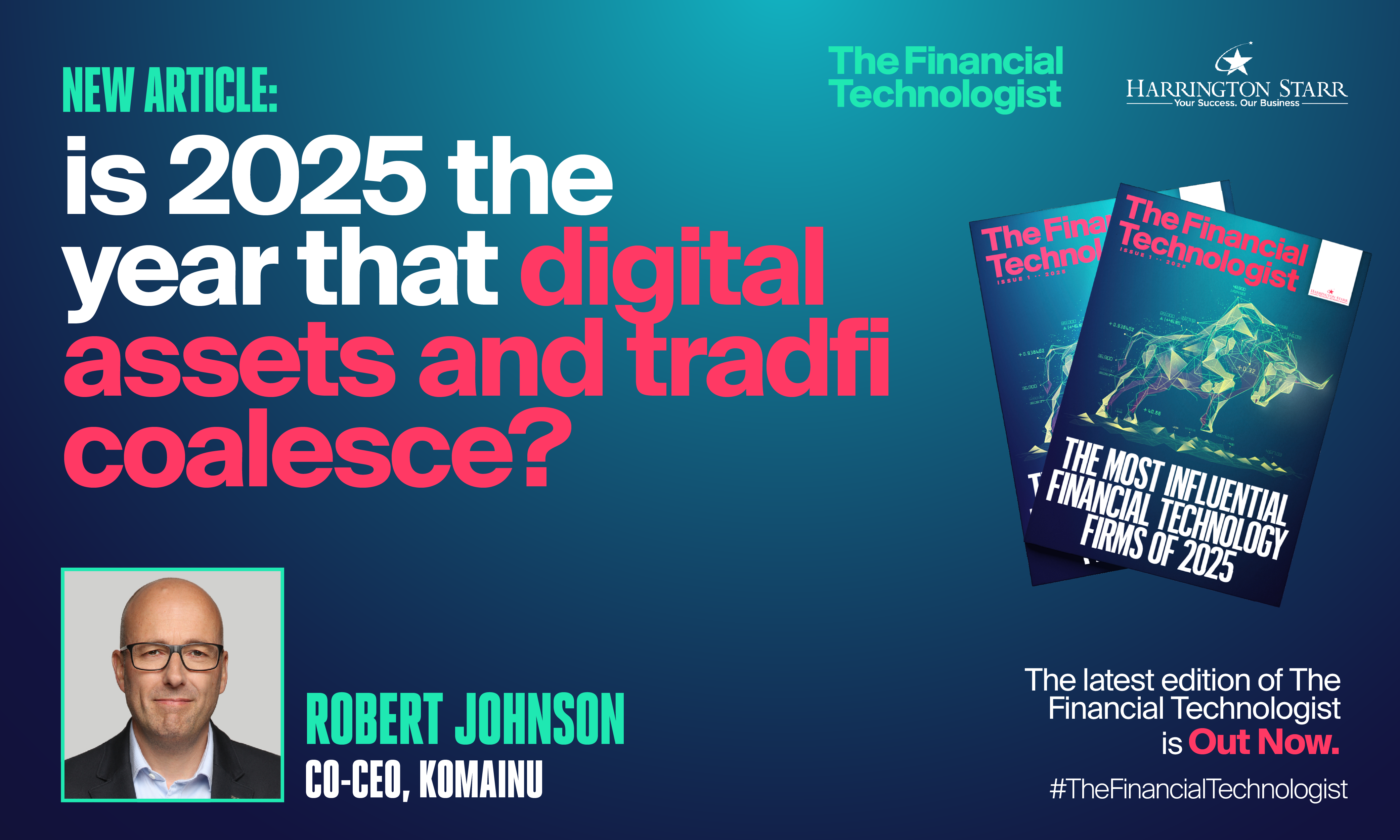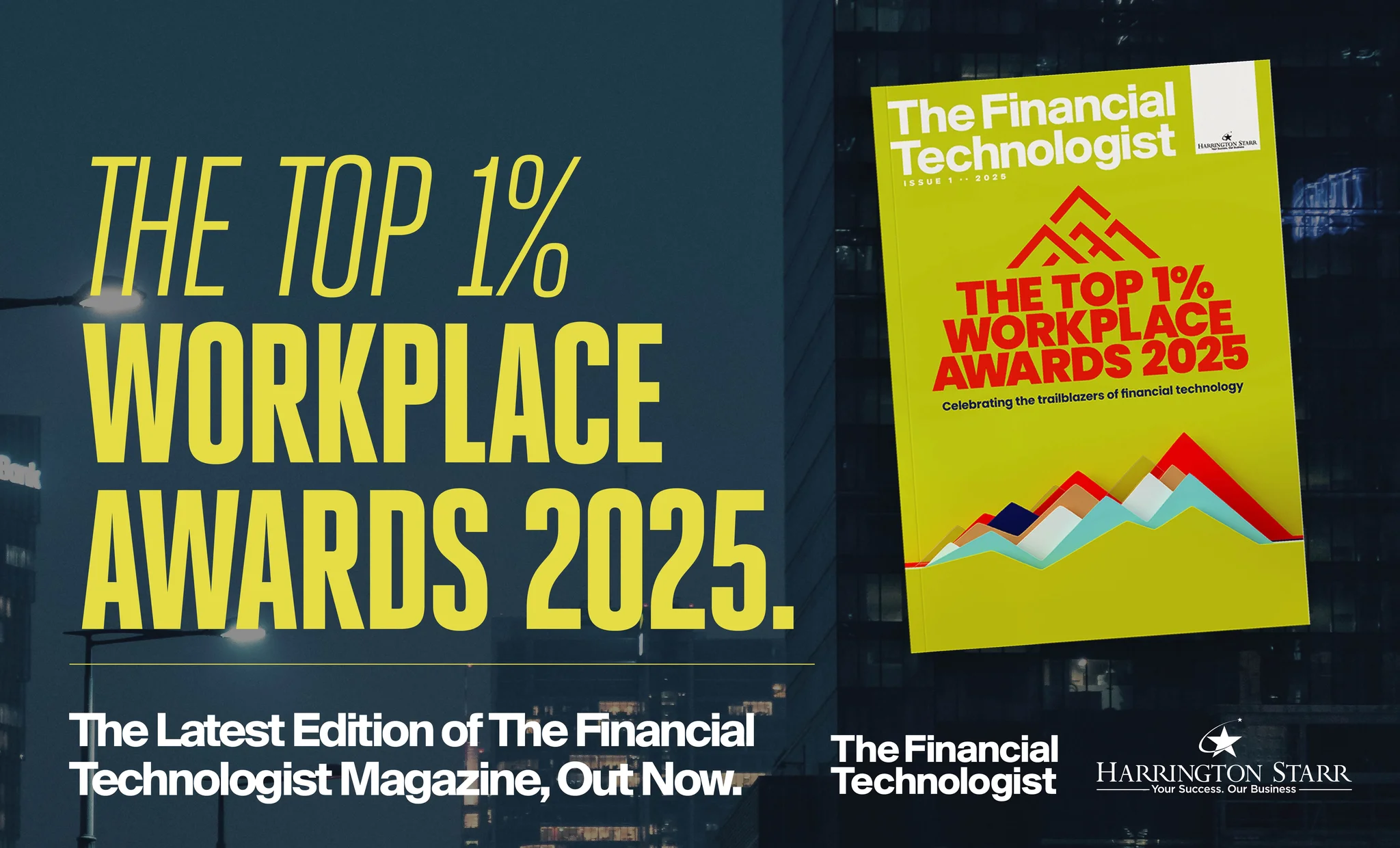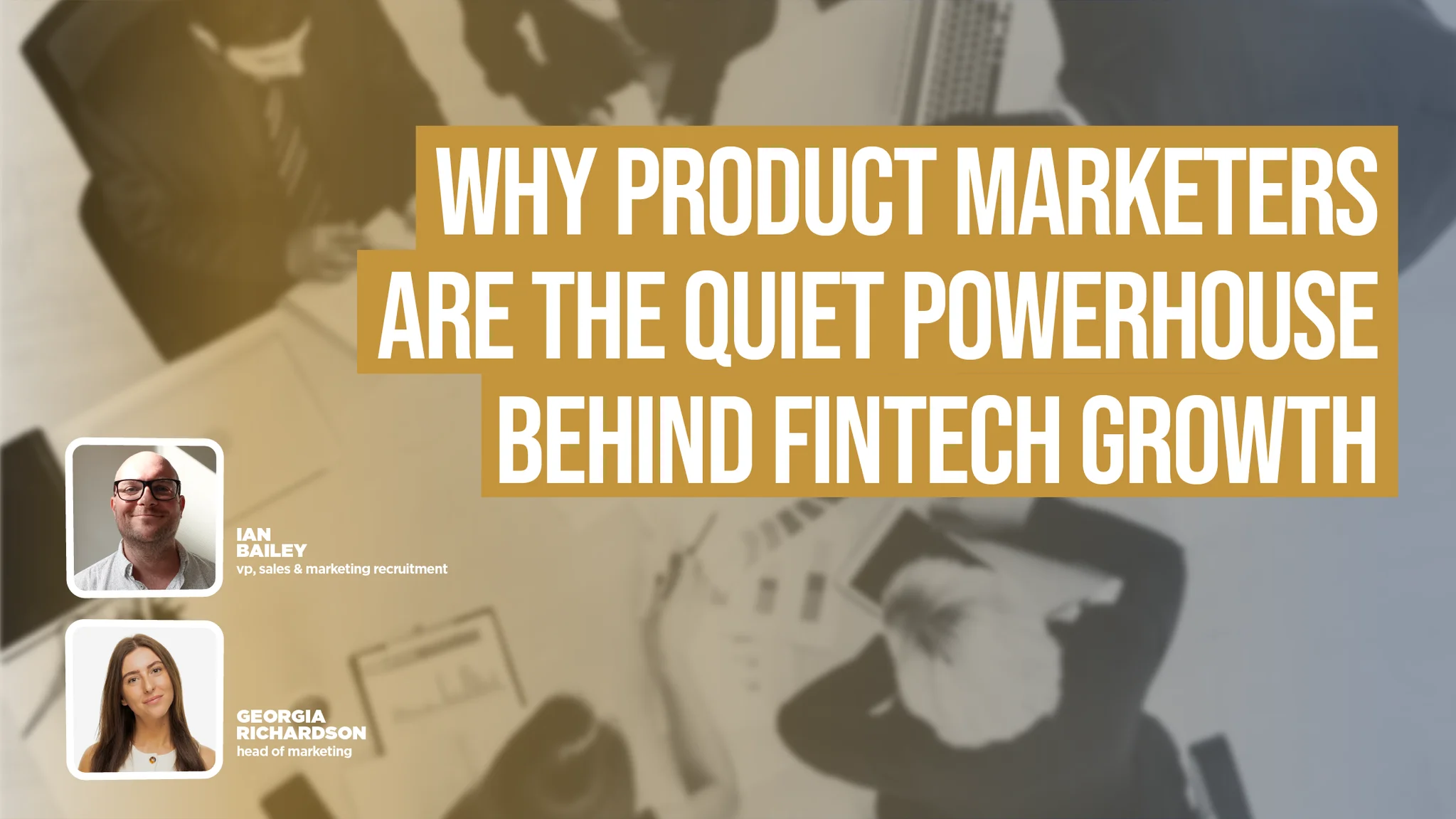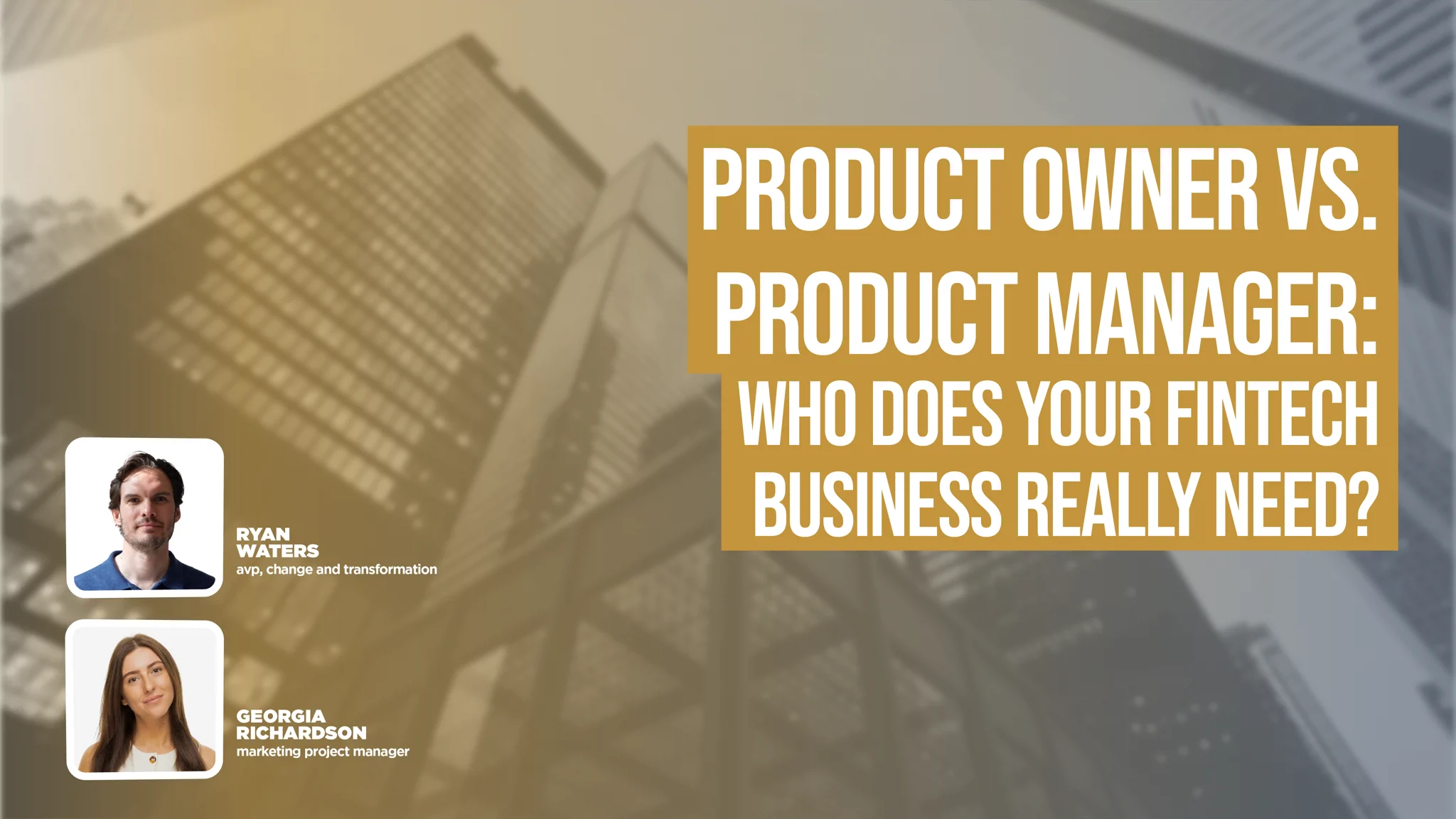Download your free copy of the latest Financial Technologist magazine here.
2024 saw the tokenisation of Money Market Funds (MMFs) become real and attract meaningful capital. As ever, further adoption is contingent on rewards outweighing risks. There remains an air of distrust associated with crypto firms and the asset class in general, not helped by the prevalence of meme coins that add little to the functionality or scope of the existing token universe. Blockchains are trust less by nature; nobody needs to trust anyone else because the public/private keys intrinsically enforce it. However, being trusted by the market is a more nuanced challenge.
Crypto markets have seen almost quarterly thefts which are often cited as an indication of an inherent weakness in the asset class. But seeing those thefts as a pure crypto issue is disingenuous. They are generally classic cybersecurity compromises, and the most recent example was intermediating and corrupting the transaction signing workflow by injecting code into part of the wallet application. No private keys were exposed, and the integrity of the public/private key signing process remained sound. It was instead, a compromise of the associated workflows that led to the loss. Every organisation in the world is susceptible to this form of attack. $1.5 billion is a large number, but small when set against the $9.5 trillion lost globally to cyberattacks across all industries in 2024.
Where crypto firms can learn from TradFi is in the governance of workflows that has been bred into TradFi firms and refined over decades. Sound processes can lead to a platform, framework or asset class being trusted by the market. Trust is not a product of “cold” wallets – they are no defence without appropriate governance workflows, segregated duties and strong endpoint security. The classic defence in depth against cyber hacking is a pre-requisite for all organisations, especially those that operate within financial services. Trust can be enhanced through certifications such as SOC II Type II, and via regulatory oversight. These processes test governance around workflows, and such requirements are critical to the institutional adoption of crypto assets. Crypto exchanges remain outside the regulatory framework at present. Institutions will realise that engaging with regulated, certified partners to safeguard off exchange solutions where asset security is the primary concern is the best approach to a trusted solution.
Established market participants like Blackrock, Franklin Templeton and UBS have already entered the marketplace and know how to establish sound and complete processes. Tokenised MMFs benefit from additional security over classic crypto since custodial controls are doubled via dual registry. So, the theft of a token denoting fund ownership does not guarantee that the fund manager will immediately liquidate the underlying assets on demand as a smart contract might. The logical next step is for tokenised funds to be accepted as collateral by crypto exchanges, thereby providing them with high grade assets as collateral, and their clients with yield on the assets they deposit.
Given the flight to passives that asset managers have witnessed over the past few years, they need to consider how they can cut their management costs and seek out new markets. The efficiencies in Back Office processing afforded by blockchain-based assets can reduce costs while the potential to fractionalise existing RWAs via tokenisation can broaden their fund’s appeal. If those tokenised assets can be deployed as efficient collateral, they become even more attractive to investors. Coupling the necessity to reduce costs and broaden market access with strong governance controls around processes will be key drivers of digital asset adoption this year.
By Robert Johnson, Co-CEO, Komainu
Download your free copy of the latest Financial Technologist magazine here.







